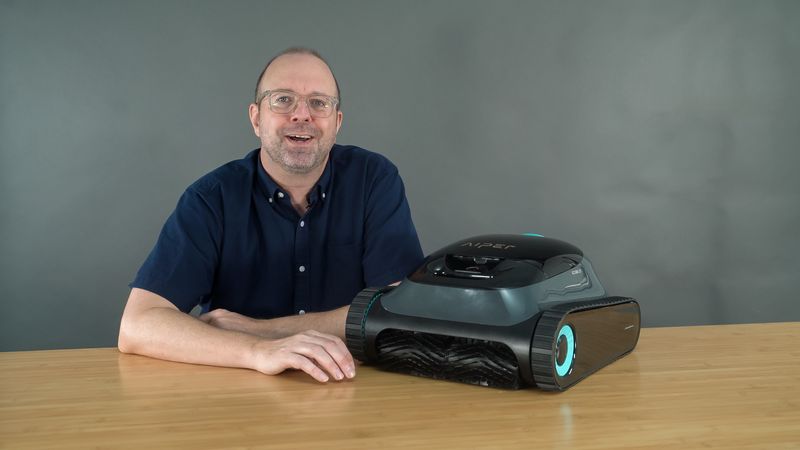If you're considering an Aiper robotic pool cleaner, you're not alone. With cordless designs and sleek marketing, Aiper pool robots have gained traction among pool owners looking for a convenient and cheap pool cleaning solution.
But after testing all the top Aiper models, there are some things you’ll want to know. From constant recharging to burn and fire risks, you may want to think twice before purchasing an Aiper pool cleaner.
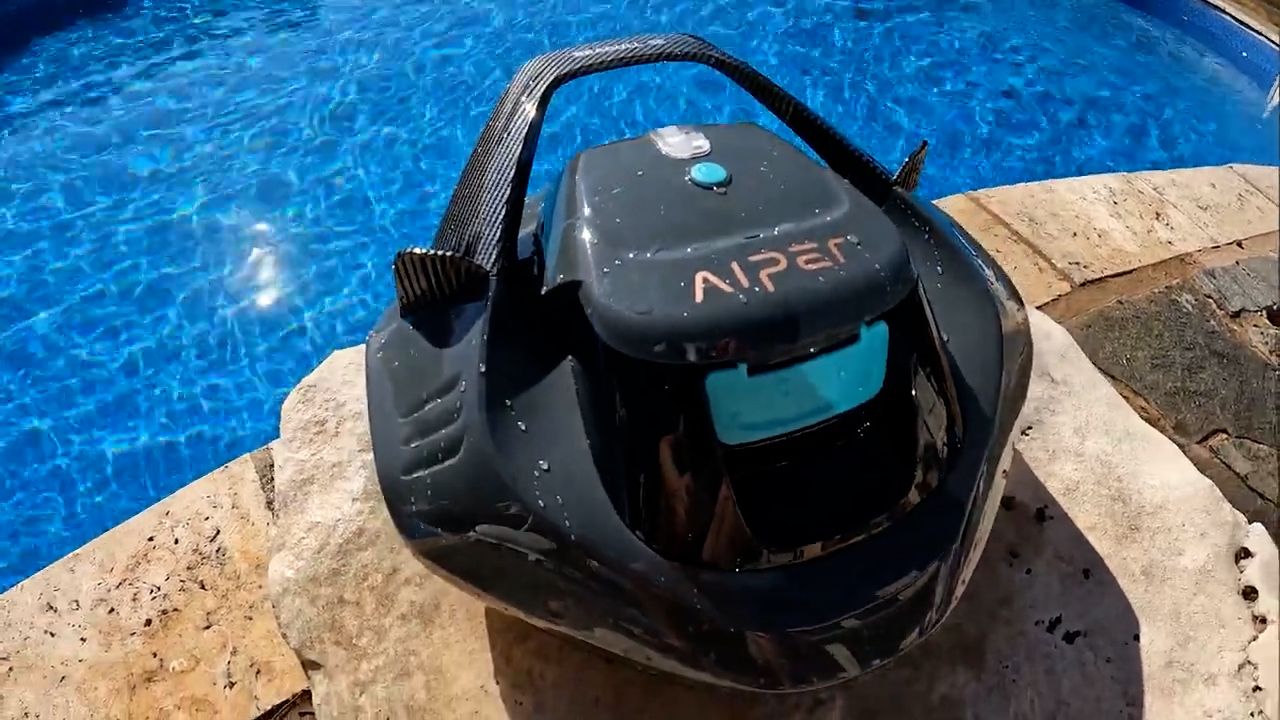
I’m Justin, your resident pool aficionado. For over 5 years, I’ve been testing and reviewing robotic pool cleaners from all of the top brands like Dolphin, Polaris, Aquabot, and more. And today, I’ll be walking you through the entire Aiper product lineup. For the last few years, I’ve reviewed every Aiper pool cleaner in my pool, with in-depth reviews and videos on each. From Scuba, Seagull, and the new X-Series, highlighting the advantages and disadvantages of each – and comparing to some of my personal favorite pool cleaners.
Along the way, we’ve uncovered major flaws—ranging from battery degradation, weak suction, poor coverage, and navigation issues to even federal safety recalls due to fire risks. I made this article so that you know what you’re buying and can have real feedback from a pool owner before buying.
So let's dive in.
Compare Aiper Pool Cleaners Chart
| Model | Pros | Cons | Pool Type | Cleans | Runtime | Charge | Filtration | Flow (GPH) |
|---|---|---|---|---|---|---|---|---|
|
Aiper Scuba SE
|
|
|
Above-Ground | Floor Only | 90 min | 2.5 h | Flat Pad | 1,320 |
|
Aiper Scuba E1
|
|
|
Above-Ground | Floor Only | 100 min | 3 h | Basket | 3,600 |
|
Aiper Seagull SE
|
|
|
Above-Ground | Floor Only | 90 min | 3 h | Flat Pad | 1,200 |
|
Aiper Seagull Pro
|
|
|
In-Ground | Floor / Wall / Waterline | 150 min | 3–4 h | Basket | 4,200 |
|
Aiper Scuba X1
|
|
|
In-Ground | Floor / Wall / Waterline | 180 min | 4 h | Basket | 6,600 |
|
Aiper Scuba X1 Pro Max
|
|
|
In-Ground | Floor / Wall / Waterline | 300 min | 5 h | Basket | 8,500 |
Despite a wide range of options in the Aiper pool cleaner lineup, none of the models compare favorably to high-performing corded robotic pool cleaners. Even the top-tier Aiper Seagull Pro—which features wall and waterline cleaning—was recently recalled due to fire hazards by the United States Consumer Product Safety Commission, putting serious doubts on the reliability and safety of Aiper products.
The Real Reviews: Aiper User Complaints
After testing a ton of Aiper pool cleaners, I found they didn’t live up to the hype. And after digging deeper into why, it seems inauthentic reviews may be to blame. Using Mozilla’s Fakespot, which analyzes reviews for authenticity, nearly every Aiper scored an F or D grade.

And when you do see authentic reviews, a lot of users complain about problems from battery life to customer support. With a ton of online marketing and ads, these robots seem to get a lot of hype – but my experience was extremely disappointing.
Battery Life and Charging Woes
-
Short Battery Life: Many users report that the battery life of Aiper robotic cleaners is significantly shorter than advertised. "The cleaner barely lasts an hour, which is nowhere near enough to clean my entire pool," one user wrote. This leads to incomplete cleaning cycles and turns a supposedly automatic solution into a chore.
-
Charging Issues: Long charging times and malfunctioning chargers are another source of frustration. "After just a few months, the charger died on me," another user shared. Replacement chargers are slow to arrive, and many users are left without a functional cleaner for weeks.
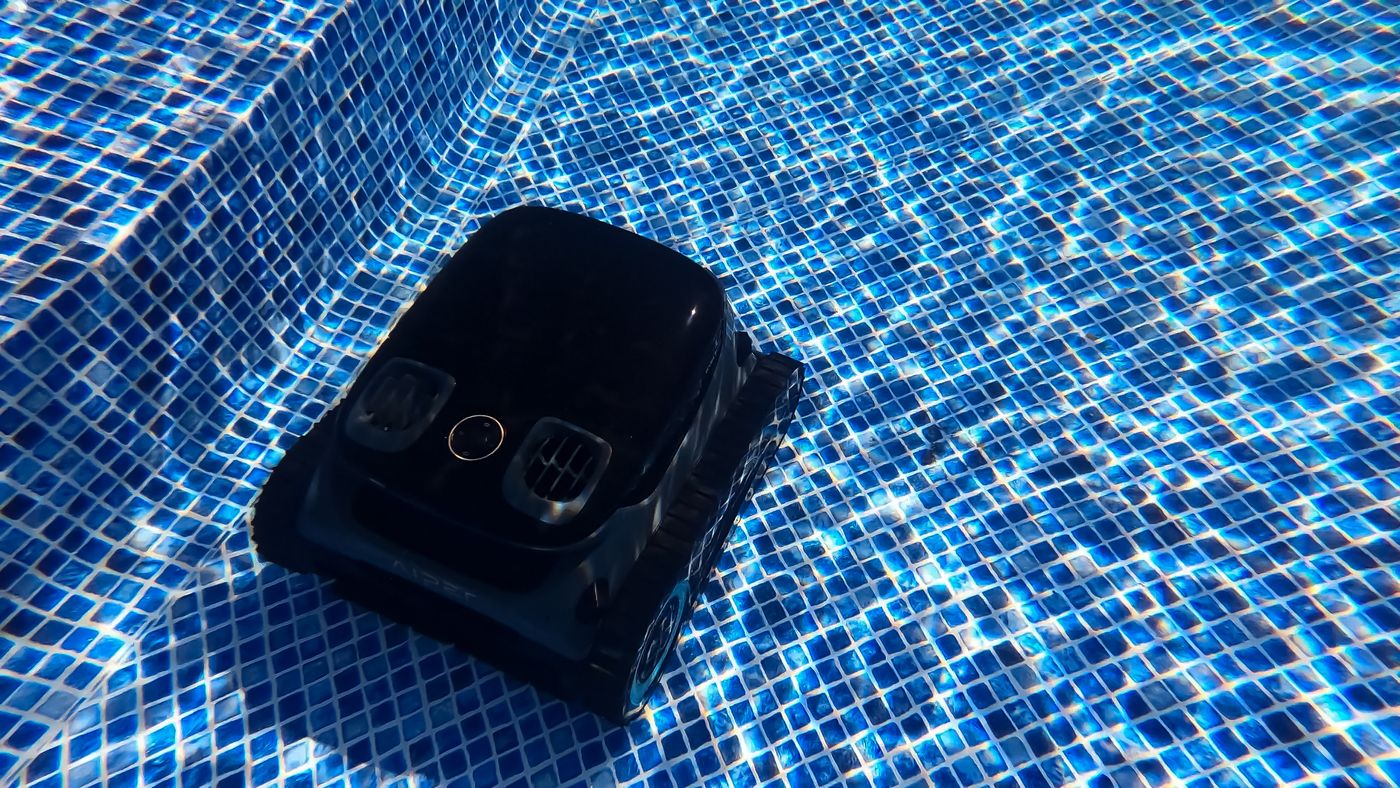
Aiper Scuba S1 Pro in my pool // The Pool Nerd
Navigation and Coverage Shortcomings
- Poor Navigation: Aiper robots often seem to move randomly, missing large sections of the pool. "It feels like the cleaner is just guessing where to go," one reviewer said.
- Inconsistent Coverage: Many users find themselves manually cleaning areas that the robot missed. "It's like having a part-time cleaner that only does half the job," another added.
Performance Issues
-
Weak Suction: Users report that even basic debris is left behind. "I watched as the cleaner passed right over leaves without picking them up," one said.
-
Clogs on Larger Debris: Some models clog easily when encountering leaves or small sticks. This adds maintenance and interrupts the cleaning cycle.
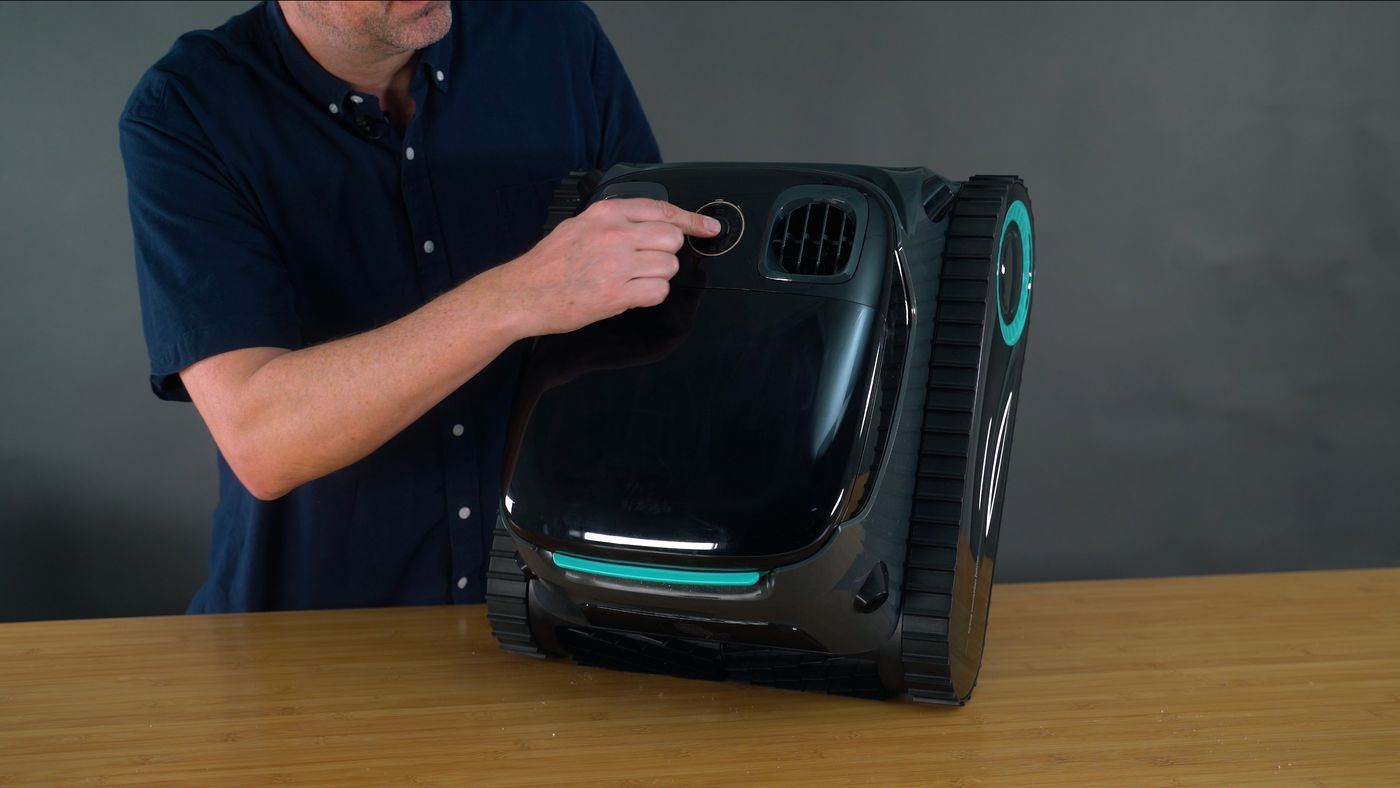
Aiper Scuba S1 Controls // The Pool Nerd
Durability and Build Quality
- Fragile Parts: Brushes and components often break. "I've had to replace the brushes twice in six months," a reviewer complained.
- Water Sealing Problems: Users reported water getting into the motor compartment, permanently damaging the unit. "Now it's completely dead, and the warranty doesn’t cover water damage," one user stated.
Customer Support Failures
-
Slow or Unhelpful Support: Numerous users report long delays in email and phone support, with vague or unhelpful responses. "Getting any response from Aiper is like pulling teeth," a customer wrote.
-
Warranty Headaches: Replacements are often delayed, denied, or require multiple contacts. "It took weeks just to get a response from support," another reviewer shared.

Aiper Scuba SE // The Pool Nerd
Maintenance Hassles
- Frequent Cleaning Needed: The filters and brushes clog easily. "I spend more time cleaning the robot than it spends cleaning my pool," one user noted.
Software and App Issues
- App Connectivity Problems: Models with app control often disconnect. "The app is constantly dropping the connection," users said.
- Software Bugs: Some models stop mid-cycle without explanation. "It’s like the software can’t handle basic tasks," said another.
These issues contribute to the overall poor reviews and widespread dissatisfaction among users of Aiper robotic pool cleaners. From short battery life and poor navigation to weak suction and fragile parts, the list of complaints is long and varied. Coupled with unresponsive customer support and high maintenance requirements, it’s clear why many pool owners regret choosing Aiper.

Aiper Scuba Series: Budget Simplicity, With Major Compromises
The Aiper Scuba lineup includes entry-level models like the Scuba SE and the Scuba E1. Aimed at budget-conscious consumers, these models offer floor-only cleaning with short runtimes and basic filtration. The SE is especially minimalistic—no active scrubbing, flat pad filtration, and only 90 minutes of operation per charge. The E1 slightly improves the offering with a longer runtime and a basket filter, but both models are clearly designed for small, above-ground pools.
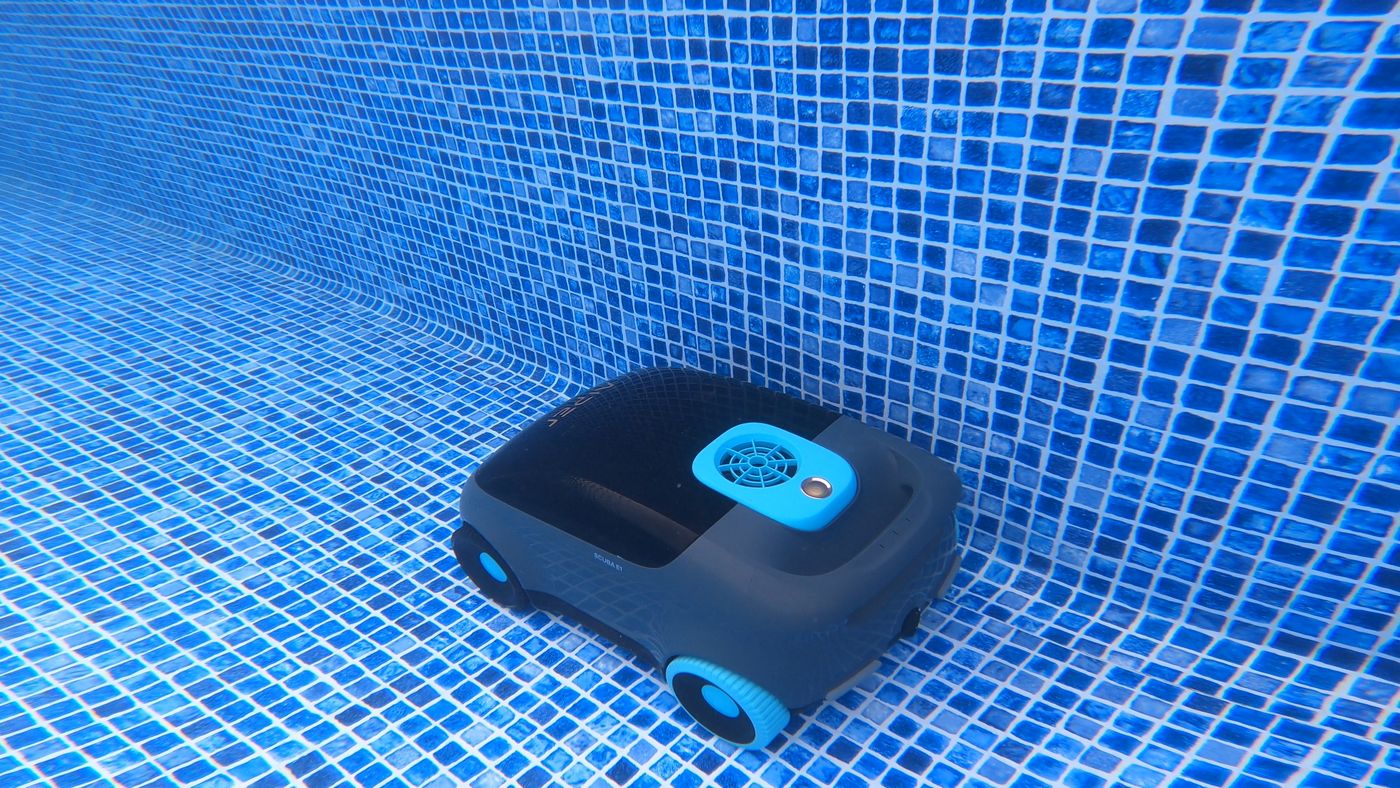
While the pricing may attract first-time buyers, the Scuba models quickly reveal their limitations. Most notably, they require frequent recharging and manual intervention. There's no timer or automation, and performance often degrades after just a few months of use. Users frequently report fragile brushes and frustrating coverage patterns, especially with the SE.
Additionally, these models don't handle debris well. The suction isn’t strong enough to pick up anything beyond small particles, and the flat filter clogs easily. Debris like leaves, twigs, and bugs are commonly left behind or clog the intake.
Pros:
- Affordable upfront pricing
- Simple design for beginners
Cons:
- Weak cleaning power
- Poor debris pickup
- No wall or waterline cleaning
- Short runtime and long charge cycles
Better Alternatives:
- Dolphin Escape: Corded, reliable, and actually climbs walls
- Dolphin Cayman: Offers strong suction and wall-climbing at an affordable price
While the Aiper Scuba SE and E1 are budget-friendly, the Dolphin Escape and Cayman prove you don’t have to sacrifice performance. The Escape offers unmatched reliability in its class, climbing walls and scrubbing surfaces with consistent suction. The Cayman takes it a step further with a more powerful motor and better traction, making it a great pick for those wanting serious performance without a premium price tag.
Both alternatives outperform the Scuba series in cleaning coverage, durability, and filtration. They’re also easier to maintain, and unlike Aiper units, come from a brand with a long-standing reputation and dependable customer service.
Aiper Seagull Series: Mid-Tier Looks, Low-Tier Results
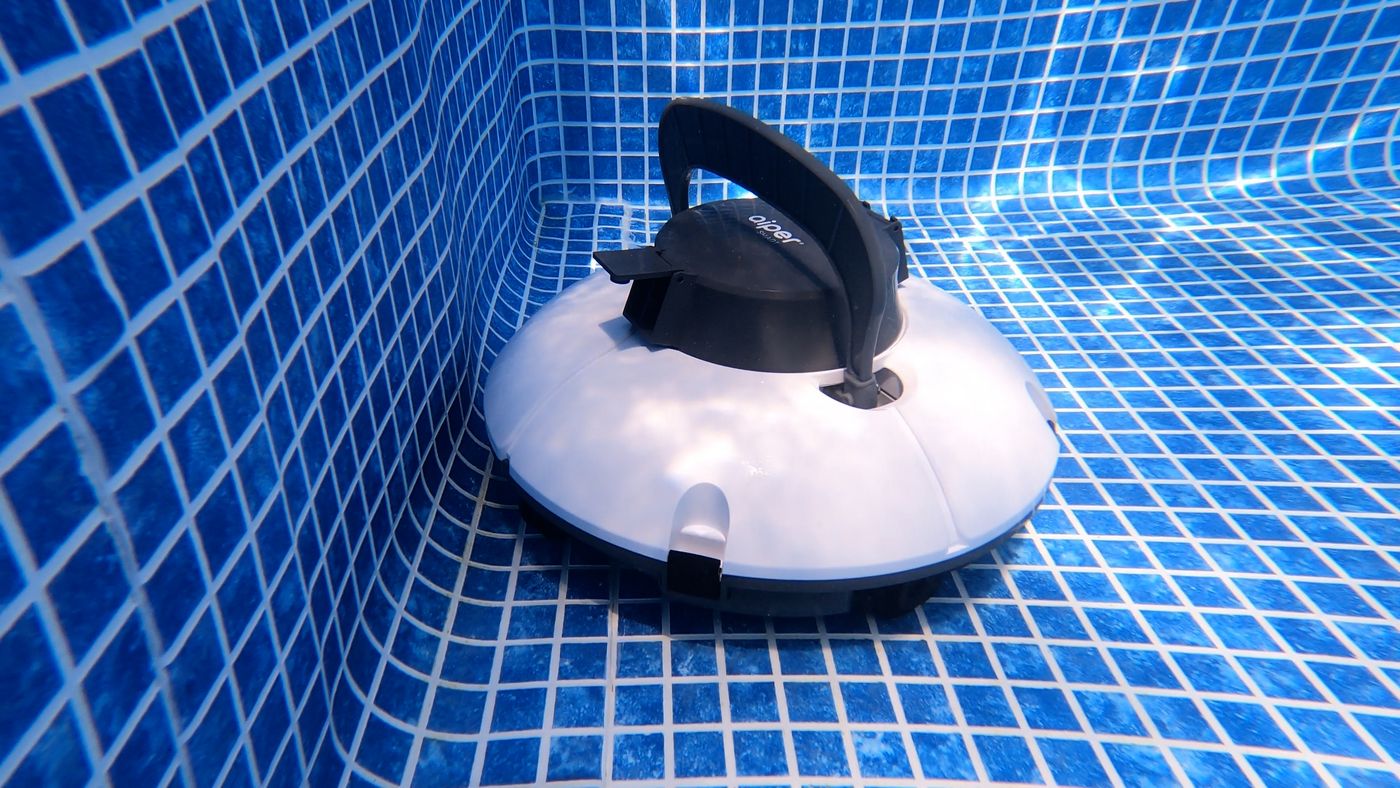
The Seagull line includes the Seagull SE and Seagull Pro. These are Aiper's older product range that appears to be before the new Scuba line. The Seagull Pro is advertised as a high-end cordless cleaner capable of floor, wall, and waterline cleaning. However, real-world usage shows that the robot often struggles to climb walls consistently and rarely completes a full waterline pass. Worse, the Seagull Pro has been officially recalled by the CPSC due to overheating issues and fire risk during charging—a serious safety flaw.
Users of both Seagull models complain about poor battery life, random navigation, and ineffective cleaning. These models are not suitable for larger pools, as their inconsistent coverage often leaves major portions of the pool untouched.
Pros:
- Wireless operation
- Promising specs (on paper)
Cons:
- Recalls on Seagull Pro due to fire hazards
- Poor navigation and missed spots
- Inconsistent runtime
Better Alternatives:
- Dolphin Quantum: Adds waterline cleaning and better navigation
- Dolphin Cayman: An affordable option with better suction and wall climbing than Seagull models
For those frustrated with the Seagull’s spotty coverage and navigation, the Dolphin Quantum and Cayman are fantastic alternatives. The Quantum is built for full pool coverage, including waterline scrubbing—something the Seagull Pro often fails to deliver despite its higher cost. Meanwhile, the Cayman remains a user favorite for its ability to climb walls and provide deep cleaning with minimal maintenance.
Compared to the Aiper Seagull series, both Dolphins offer more consistent performance, longer service life, and true automation via programmable timers—something no Seagull robot includes.
Aiper X-Series: Premium Price Without Premium Performance
The Aiper X-Series includes high-cost models like the Aiper Scuba X1 and Scuba X1 Pro Max. These aim to compete with top-tier brands by offering long runtimes (up to 300 minutes) and support for floor, wall, and waterline cleaning. However, the X-Series continues to suffer from the same core issues seen in other Aiper products: unreliable battery management, weak suction, and fragile build quality.
The X1 Pro Max, priced close to $3,000, claims to deliver 8,500 GPH flow—on paper, that sounds impressive. But in field testing, its effective pickup was inconsistent, especially on larger debris. While the unit looks advanced, its navigation and real cleaning performance don’t match expectations. And just like the rest of the lineup, it lacks features like smart scheduling or remote diagnostics.
Buyers expecting a cordless robot that performs like a Dolphin Sigma or Premier are often disappointed. Despite marketing polish, the X-Series shows the same DNA as the more affordable Scuba and Seagull models—just in a fancier shell with a bigger price tag.
Pros:
- Long runtime (on paper)
- Sleek design
Cons:
- Unjustified price tag
- No automation
- Underwhelming suction in real use
Better Alternatives:
- Dolphin Sigma: Three motors, gyroscopic cleaning, and app control
- Dolphin Premier: True multi-filter system and SmartNav navigation
The Dolphin Sigma and Premier are clear winners when compared to the overpriced and underperforming Aiper X-Series. The Sigma offers cutting-edge gyroscopic navigation and a powerful tri-motor system, handling debris of all sizes while maintaining precise wall and floor coverage. The Premier sets the benchmark for filtration and scheduling with its multi-media system and robust weekly timer.
These alternatives deliver consistent results in large pools, and unlike the X-Series, they provide value that matches their premium price. With proven reliability and best-in-class performance, the Sigma and Premier are the smart choice for anyone considering a high-end robotic cleaner.
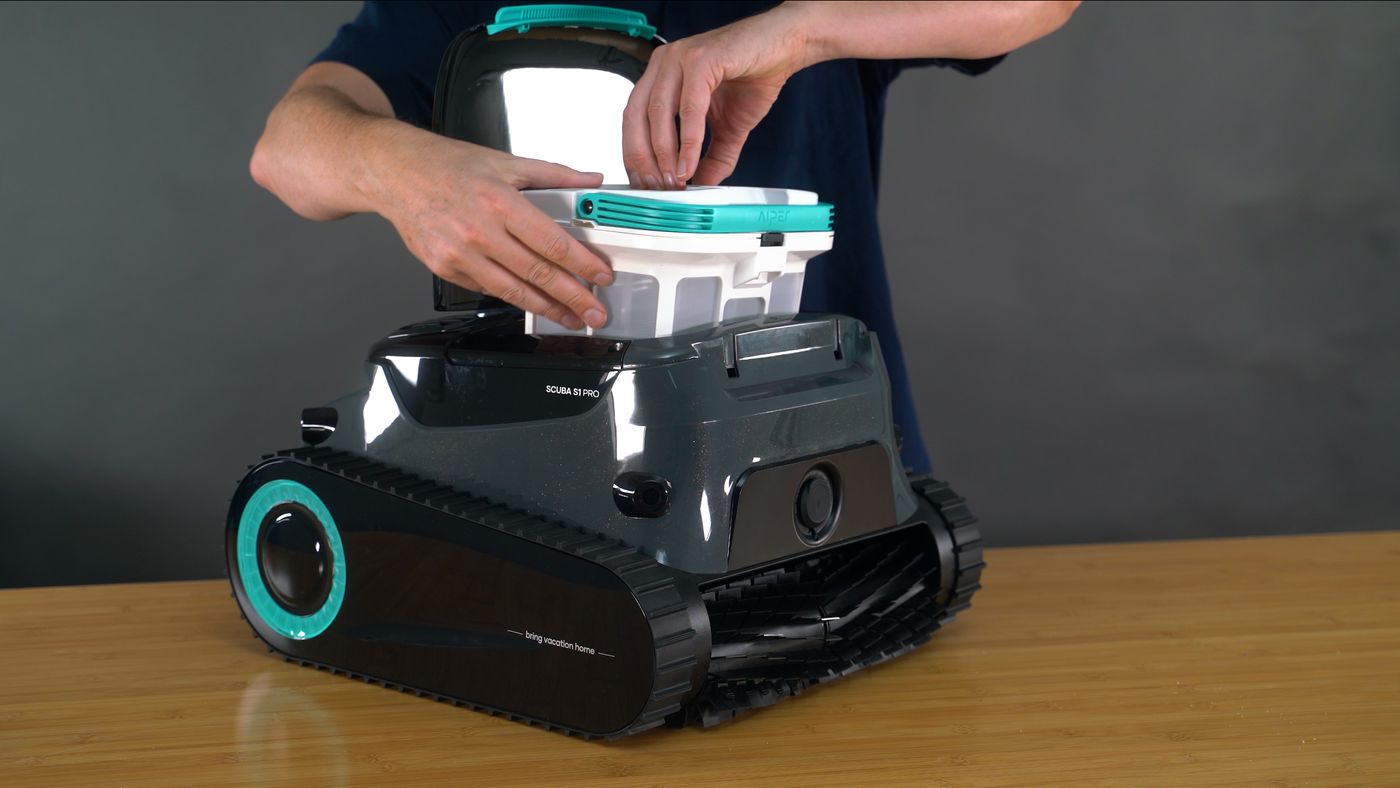
Which Aiper Pool Cleaner is Best?
If I had to choose which Aiper pool cleaner is best, it wouldn’t be any of them. Based on my data and testing in my pool, I found that none of them are as good as corded alternatives. From fire risks to constant recharging, I prefer other corded alternatives such as the Dolphin Premier (which I rated as the #1 Pool Cleaner for 2025).
Common Aiper Flaws Across All Models
- Battery Degradation: Expect noticeable performance drop-off after one season.
- Manual Start Required: No scheduling means more daily effort.
- Flat Pad Filtration: Struggles to capture small debris and fine particles.
- Limited Coverage: Most Aiper models are restricted to floor-only cleaning.
- Recurring Fire Risk: At least two models recalled by the CPSC.
- Hidden Lifetime Costs: Batteries can’t be user-replaced, adding long-term expense.
Why Corded Pool Robots Outperform Aiper Models
Through testing over 50 robotic pool cleaners, corded models have consistently proven themselves more effective, safer, and more cost-efficient. Here’s a breakdown of how corded models dominate every category where cordless ones—including Aiper—struggle.
No More Battery Worries
Corded robots eliminate all concerns around charging, runtime limitations, and battery lifespan. Once plugged in, they clean the entire pool without downtime or throttled performance.
You don't need to remember anything. You don’t need to babysit it. That peace of mind matters when you’re managing pool care for months at a time.
Full Suction, All Cycle Long
Cordless robots typically start strong but lose suction as the battery drains. This is especially noticeable during wall and waterline cleaning, which require more torque. Corded models run on consistent power, maintaining optimal suction from start to finish.
Real Automation with Weekly Timers
Corded robots like the Dolphin Premier feature programmable weekly timers. You can set it once and forget about it for the rest of the season. No daily charging. No lifting wet robots from the pool. Just hands-free, reliable cleaning.
That’s real automation—not just app control with a daily chore of plugging in.
Longer Lifespan, Less Hassle
Most Aiper pool cleaners will need battery replacements within two to three years. These are not user-serviceable. You’ll need to ship the unit back, pay for labor and parts, and deal with downtime. Corded units, on the other hand, run for five to seven seasons with simple upkeep.
Some corded models in our test group have been in use for nearly a decade with original parts still performing reliably.
Personal Experience: Why Corded Cleaners Won Me Over
I’ve used the entire range of Aiper pool cleaners including the Seagull SE, X1 Pro, the Scuba E1, and the Seagull Pro. Each time I was frustrated by something:
- Constant Recharging
- Basket not filling all the way up
- Lackluster navigation
One summer, I was charging my Seagull Pro every single day and still missing cleanings due to forgetfulness or weather. When I switched to the Dolphin Premier, all of those problems disappeared. The unit turned on every evening, scrubbed every inch of my tile, and never lost suction. That consistency was a game-changer.
I haven't touched the power supply in weeks. It just works. And that, in my opinion, is what makes a pool robot great.
Why Choose a Corded Pool Cleaner?
Here’s a summary of what you gain by going corded:
- Plug-In Simplicity: Just plug in and clean—no apps, no batteries, no extra steps.
- Daily Scheduling: Run cleanings on autopilot all summer long.
- Superior Cleaning Coverage: Floor, walls, and waterline—no dead zones.
- Zero Fire Risk: No lithium-ion battery, no overheating hazards.
- Reusable Filter Options: From leaf bags to NanoFilters, the options are built in.
- Long-Term Value: Fewer breakdowns, fewer replacements, lower total cost.
- Stronger Suction: Powered by constant energy, not shrinking battery voltage.
- No Downtime: Runs daily without needing human intervention or maintenance.
Corded vs Cordless: The Numbers Don't Lie
| Feature | Corded Pool Cleaner | Aiper Cordless Pool Cleaner |
|---|---|---|
| Charging Required | Never | Daily |
| Suction Power | Constant | Fades with battery drain |
| Waterline Cleaning | Yes | Only on Seagull Pro (spotty) |
| Filtration | Multi-layer (Nano, Leaf) | Flat Pad or Basic Basket |
| Fire Risk | None | Present (2 models recalled) |
| Timer Automation | Yes (set-it-and-forget-it) | No |
| Typical Lifespan | 5–7 years | 2–3 years+ (battery-dependent) |
| Cost of Battery Replacement | None | $200–$300 (not user-replaceable) |
| Maintenance Effort | Low | Moderate to High |
Final Verdict: Corded Cleaners Are Superior
When comparing Aiper pool cleaners, none offer the long-term safety, power, or reliability that a quality corded robotic pool cleaner provides. If you’re like me, you don’t want to worry about charging your pool robot and whether it will catch on fire or not.
For those asking, “Which Aiper pool cleaner is best?”—the real answer is: skip Aiper entirely.
Instead, opt for a proven corded model like the Dolphin Premier. With dependable power, no recharging, and full automation, it’s the ultimate low-maintenance solution to pool cleaning.
Corded is safer. Corded is smarter. Corded is better.
If you want to see my top picks for robotic pool cleaners, head on over the best robotic pool cleaners of 2025, where I cover my top picks, where to buy them, and a guide on choosing which pool robot is right for you.
Your resident pool aficionado.
For over 5+ years, The Pool Nerd has been a leading source in the swimming pool industry. With years of experince owning a swimming pool, our hope here is to guide and help making owning a swimming pool easier.
